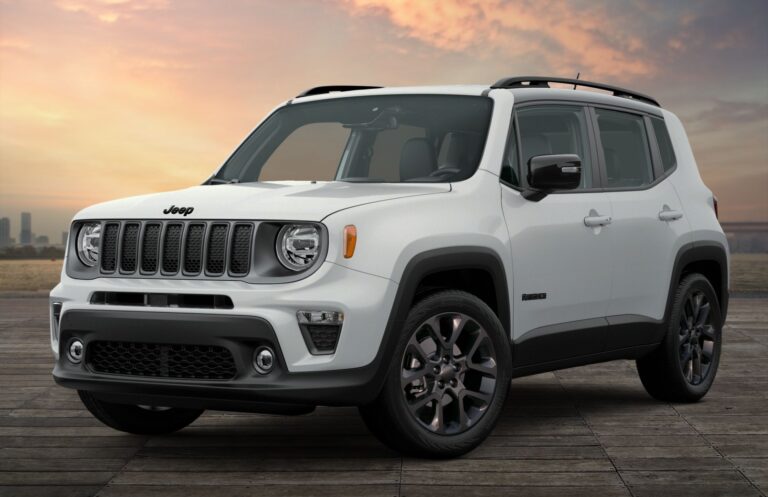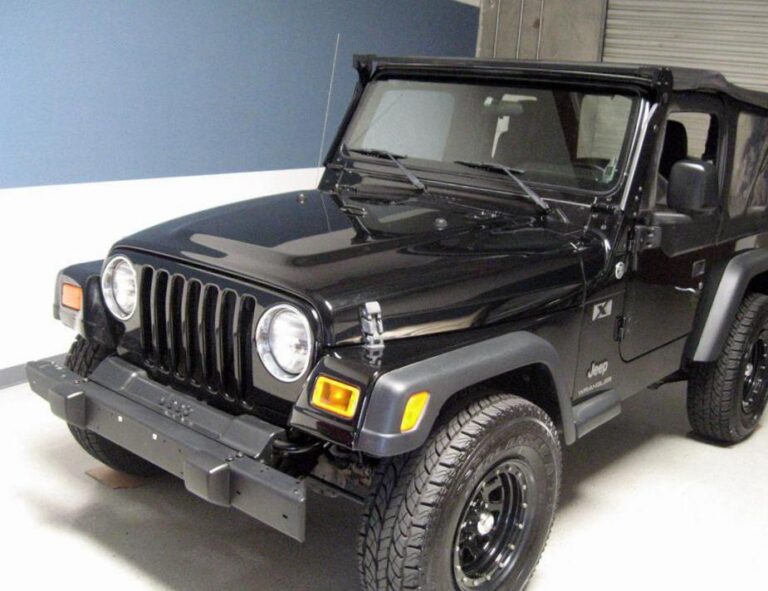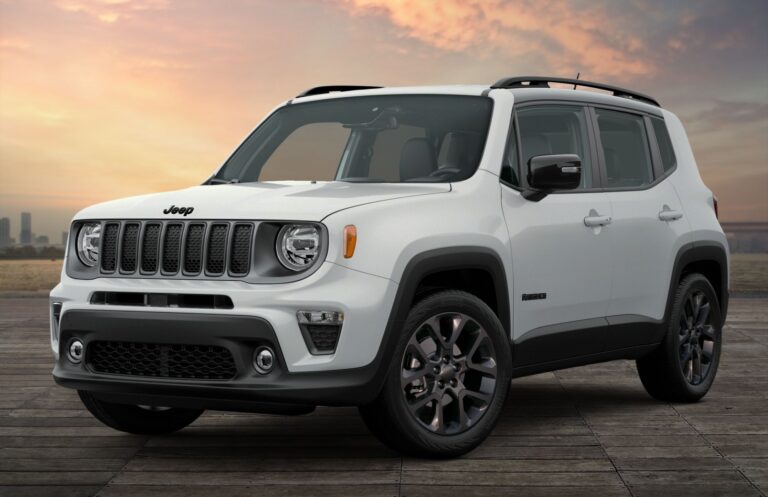Wrangler Jeep Hp: Decoding the Power Behind the Icon
Wrangler Jeep Hp: Decoding the Power Behind the Icon jeeps.truckstrend.com
The Jeep Wrangler is more than just a vehicle; it’s a symbol of adventure, freedom, and unparalleled off-road capability. Central to its performance, both on challenging trails and everyday roads, is its "Hp"—a crucial abbreviation for horsepower. Horsepower, in conjunction with torque, defines a vehicle’s ability to accelerate, climb, tow, and conquer obstacles. For the Wrangler, understanding its horsepower is not just about raw speed; it’s about appreciating the engineering that allows it to navigate diverse terrains and provide an engaging driving experience.
This comprehensive guide delves into the world of Wrangler Jeep Hp, exploring its evolution, current offerings, real-world implications, and how it contributes to the legendary status of this iconic 4×4.
Wrangler Jeep Hp: Decoding the Power Behind the Icon
The Evolution of Power: A Historical Perspective
The Jeep Wrangler’s journey through generations has seen significant advancements in its powertrain offerings, steadily increasing its horsepower and refinement.
- YJ (1987-1995): Early Wranglers were often powered by carbureted engines, including a 2.5L four-cylinder and a 4.2L inline-six, with horsepower figures ranging from around 100 Hp to 112 Hp. These were adequate for the time but paled in comparison to modern standards.
- TJ (1997-2006): The TJ introduced the venerable 4.0L PowerTech inline-six engine, a robust and torquey powerplant that became a favorite among enthusiasts. This engine typically produced around 190 Hp, a significant jump that improved both on-road drivability and off-road grunt.
- JK (2007-2018): The JK generation initially carried over the less powerful 3.8L EGH V6 (around 202 Hp) before a much-needed upgrade in 2012 to the 3.6L Pentastar V6. The Pentastar, offering 285 Hp, transformed the Wrangler’s on-road performance, making it much more capable on highways and for daily commuting, while still providing ample power for trails.
- JL (2018-Present): The current JL generation continues to offer the 3.6L Pentastar but introduced new, more efficient, and powerful options like the 2.0L turbocharged inline-four, the plug-in hybrid 4xe, and the mighty 6.4L HEMI V8, pushing horsepower figures to unprecedented levels for a Wrangler.
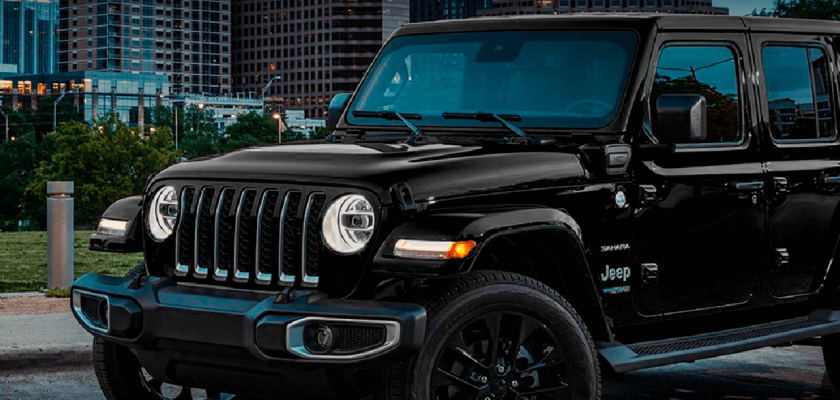
This progression highlights Jeep’s commitment to enhancing the Wrangler’s performance, adapting to modern demands for both power and efficiency.
Current Powerhouses: A Deep Dive into Modern Wrangler Engines
The contemporary Jeep Wrangler JL offers a diverse range of engine options, each with distinct horsepower and torque characteristics designed to cater to different needs and preferences.
- 2.0L Turbocharged I4 (Hurricane): This modern inline-four engine is a marvel of engineering, delivering a surprising punch for its size. With 270 Hp and 295 lb-ft of torque, it offers quick acceleration and excellent low-end torque, thanks to its turbocharging. It’s often praised for its responsiveness and competitive fuel efficiency.
- 3.6L Pentastar V6: The long-standing workhorse of the Wrangler lineup, the naturally aspirated Pentastar V6 produces 285 Hp and 260 lb-ft of torque. Renowned for its reliability and smooth power delivery, it remains a popular choice for those seeking a proven and capable engine for both daily driving and off-road adventures.
- 3.0L EcoDiesel V6 (Discontinued for 2023+ models): While no longer available in new orders, the EcoDiesel was a potent option for a few model years, offering 260 Hp but an impressive 442 lb-ft of torque. Its substantial low-end torque made it exceptional for crawling and towing, albeit at a higher initial cost.
- 2.0L Turbo 4xe Plug-in Hybrid: Representing the future of the Wrangler, the 4xe combines the 2.0L turbocharged engine with two electric motors and a battery pack. This innovative powertrain delivers a combined output of 375 Hp and 470 lb-ft of torque, making it the second most powerful Wrangler. It offers electric-only driving range, instant electric torque for off-roading, and improved fuel economy.
- 6.4L HEMI V8 (Rubicon 392): For the ultimate in raw power, the Rubicon 392 packs a monstrous 6.4L naturally aspirated HEMI V8, churning out 470 Hp and 470 lb-ft of torque. This engine transforms the Wrangler into a high-performance muscle truck, capable of rapid acceleration and exhilarating highway speeds, while retaining its legendary off-road prowess.
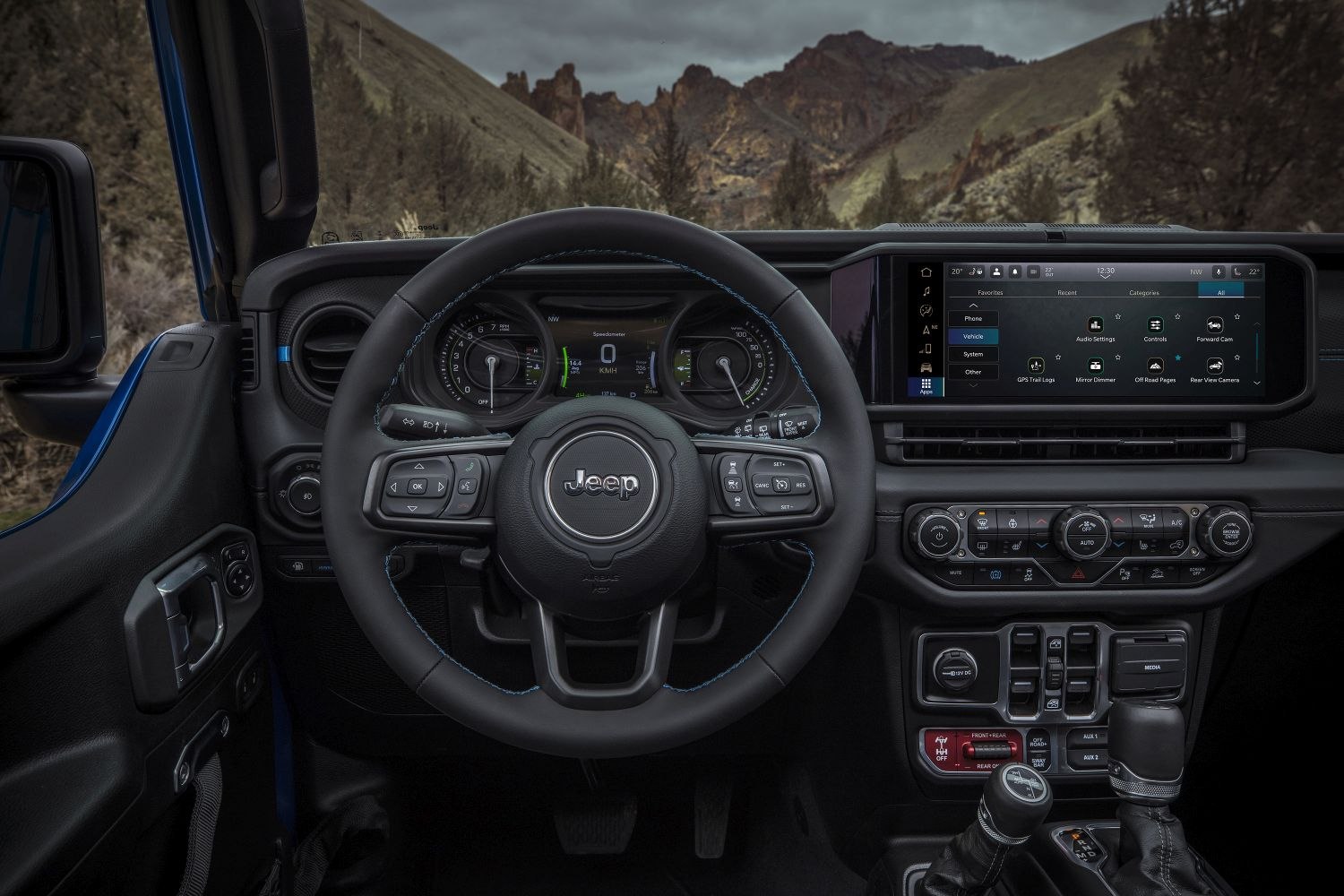
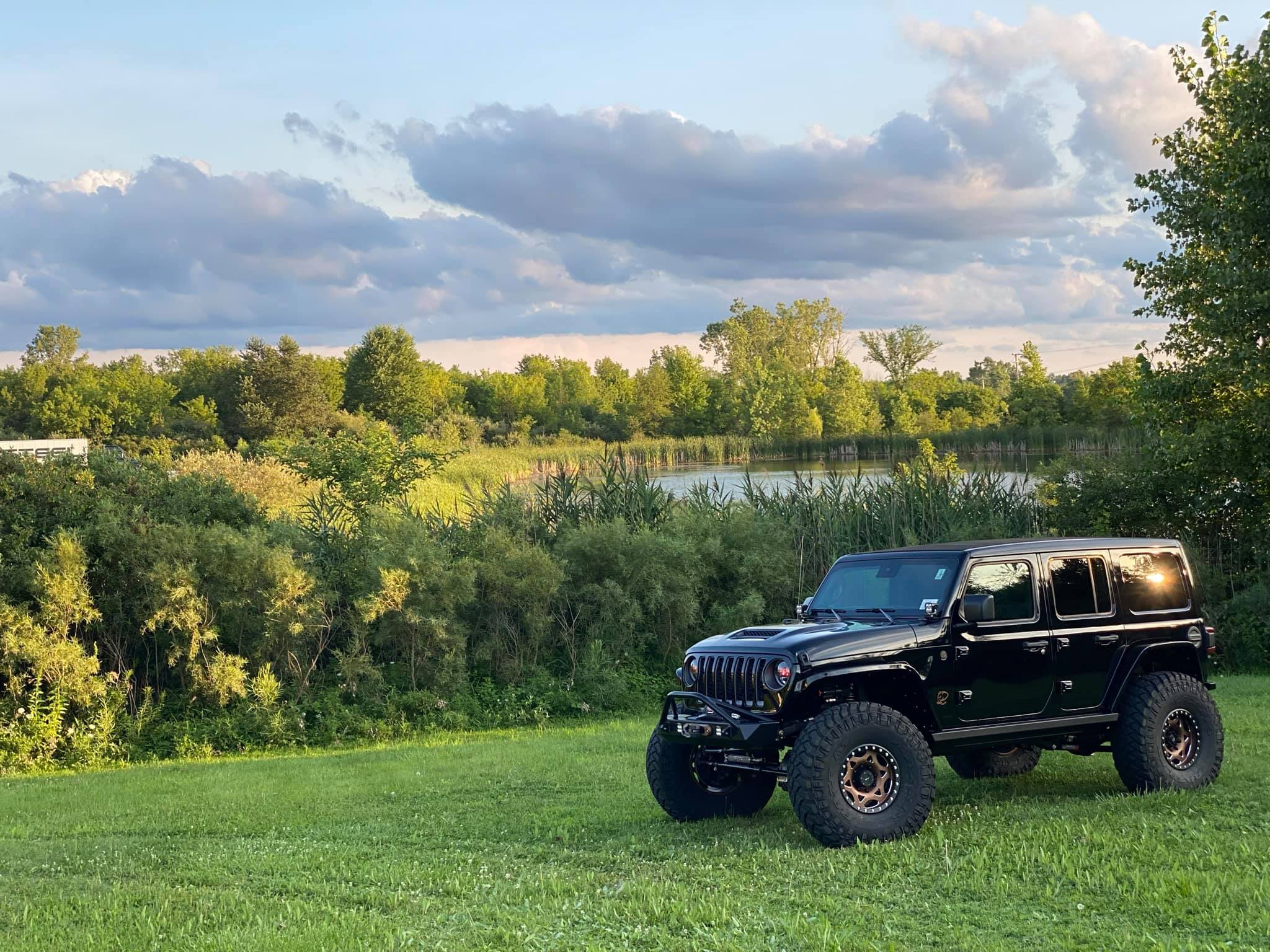
Why Horsepower and Torque Matter: Beyond the Numbers
While horsepower often grabs headlines, it’s crucial to understand its interplay with torque, especially in a vehicle like the Wrangler.
- Off-Road Prowess: For rock crawling, mud bogging, or climbing steep inclines, torque is often more critical than peak horsepower. Torque is the rotational force that gets the wheels moving and maintains momentum over obstacles. High low-end torque allows the Wrangler to slowly and precisely navigate challenging terrain without needing high RPMs. Horsepower, however, becomes more relevant for maintaining speed through sand dunes or powering through deep mud.
- On-Road Performance: On the pavement, horsepower plays a more direct role in acceleration, highway passing, and overall responsiveness. A higher horsepower rating generally translates to quicker 0-60 mph times and a more effortless cruising experience.
- Towing Capability: Both horsepower and torque contribute to a vehicle’s towing capacity. Sufficient horsepower helps maintain speed while towing, especially uphill, while torque provides the necessary grunt to get the load moving from a standstill.
- Fuel Efficiency: Generally, higher horsepower engines, especially larger displacement ones, tend to consume more fuel. However, modern turbocharged engines (like the 2.0L) can offer a good balance of power and efficiency by optimizing combustion. The 4xe hybrid also demonstrates how electrification can boost power while significantly improving fuel economy.
Factors Influencing Real-World Wrangler Hp
The published horsepower figures are laboratory measurements. In the real world, several factors can influence the usable power of your Wrangler:
- Altitude: At higher altitudes, the air is less dense, meaning less oxygen for combustion. Naturally aspirated engines (like the Pentastar V6 or HEMI V8) will experience a noticeable drop in horsepower (typically 3-4% per 1,000 feet of elevation). Turbocharged engines are less affected as the turbo can compensate for thinner air.
- Tire Size and Gearing: Upgrading to larger, heavier off-road tires effectively changes the final drive ratio, making the engine work harder to turn the wheels. This can make the vehicle feel sluggish, as if it has lost horsepower. Re-gearing the axles to a lower ratio is a common modification to compensate for larger tires, restoring lost performance and improving off-road capability.
- Vehicle Weight: Adding heavy aftermarket bumpers, winches, armor, roof racks, and camping gear significantly increases the vehicle’s curb weight. More weight means the engine needs to produce more power to achieve the same performance, effectively reducing the power-to-weight ratio.
- Maintenance: A well-maintained engine performs optimally. Clogged air filters, old spark plugs, low-quality fuel, or dirty oil can all reduce an engine’s efficiency and, consequently, its horsepower output.
Unleashing More Power: Aftermarket Modifications and Tuning
For owners seeking to boost their Wrangler’s horsepower and torque, the aftermarket offers a plethora of options:
- Cold Air Intakes (CAI): By allowing a cooler, denser charge of air into the engine, CAIs can provide modest horsepower gains and improve throttle response.
- Performance Exhaust Systems: Reducing backpressure with a less restrictive exhaust can free up a few horsepower and often enhance the engine’s sound.
- Engine Tuning (Programmers/Tuners): These devices recalibrate the engine’s computer (ECU) to optimize fuel delivery, ignition timing, and boost pressure (for turbo engines). They can yield significant horsepower and torque gains, but it’s crucial to use reputable tuners and understand potential warranty implications.
- Forced Induction (Superchargers/Turbochargers): For the most substantial power increases, adding a supercharger or turbocharger forces more air into the engine, dramatically boosting horsepower and torque. This is a more complex and expensive modification, often requiring supporting modifications to the drivetrain and cooling system.
- Engine Swaps: For extreme builds, some enthusiasts swap in larger, more powerful engines, such as V8s, though this is a highly involved and costly process.
Before embarking on power modifications, consider your goals, budget, and potential impact on vehicle reliability and warranty.
The Torque Advantage: Why Low-End Grunt is King Off-Road
While horsepower defines how fast you can go, torque defines how quickly you can get there and how much force you can apply. For a Wrangler, especially when tackling challenging off-road terrain, low-end torque is often more valuable than peak horsepower.
Imagine slowly crawling over a large rock or through deep mud. You need immediate, sustained pulling power at very low engine RPMs to maintain control and momentum without spinning tires excessively. This is where torque shines. Engines like the 4xe’s hybrid system or the discontinued EcoDiesel (with their high torque figures available almost instantly or at very low RPMs) excel in these scenarios. The Rubicon 392, with its massive V8, offers abundant torque across the RPM range, making it incredibly capable both on and off the pavement.
Choosing Your Power: Practical Advice for Wrangler Buyers
When considering a Wrangler, think about your primary use case:
- Daily Driver with Occasional Trails: The 2.0L Turbo or 3.6L Pentastar V6 offer an excellent balance of on-road performance and off-road capability. The 4xe is also a strong contender for its efficiency and instant torque.
- Serious Off-Roader: The 4xe’s instant electric torque is a huge advantage for technical crawling. The 3.6L with proper gearing is also very capable. For ultimate performance and bragging rights, the Rubicon 392 is unmatched.
- Towing Needs: The 3.6L Pentastar or the 4xe provide good towing capacities for a compact SUV. The EcoDiesel, when it was available, was the king of towing for the Wrangler.
- Budget and Fuel Economy: The 2.0L Turbo and 4xe generally offer better fuel efficiency than the larger V6 or V8, but the 4xe has a higher upfront cost.
Wrangler Jeep Engine Specifications and Estimated MSRP Table (2024 Model Year)
| Model/Trim (Example) | Engine Option | Horsepower (HP) | Torque (lb-ft) | Key Characteristics | Estimated Base MSRP (USD) |
|---|---|---|---|---|---|
| Wrangler Sport/Sahara | 2.0L Turbo I4 (Hurricane) | 270 | 295 | Responsive, Fuel Efficient | $32,000 – $49,000 |
| Wrangler Sport/Rubicon | 3.6L Pentastar V6 | 285 | 260 | Proven, Reliable, Smooth | $32,000 – $48,000 |
| Wrangler Willys/Sahara | 2.0L Turbo 4xe (PHEV) | 375 (Combined) | 470 (Combined) | Electric Range, Instant Torque | $50,000 – $65,000 |
| Wrangler Rubicon 392 | 6.4L HEMI V8 | 470 | 470 | High-Performance, V8 Power | $88,000+ |
Note: MSRPs are estimated for base models and can vary significantly based on trim level, options, and dealer pricing. Specific engine availability may vary by trim.
Frequently Asked Questions (FAQ)
Q1: What’s the most powerful Wrangler ever made?
A1: Currently, the Jeep Wrangler Rubicon 392, with its 6.4L HEMI V8 producing 470 Hp, is the most powerful production Wrangler.
Q2: Does adding bigger tires reduce horsepower?
A2: While it doesn’t reduce the engine’s inherent horsepower output, larger and heavier tires increase rotational mass and effective gearing, making the engine work harder. This can make the vehicle feel less powerful and negatively impact acceleration and fuel economy. Re-gearing the axles can compensate for this.
Q3: Is horsepower or torque more important for off-roading?
A3: For most technical off-roading (e.g., rock crawling, slow climbs), torque, especially low-end torque, is generally more important than peak horsepower. Torque provides the grunt to move the vehicle slowly and precisely over obstacles. Horsepower becomes more critical for maintaining speed in mud or sand.
Q4: Can I increase my Wrangler’s horsepower?
A4: Yes, various aftermarket modifications like cold air intakes, performance exhausts, engine tuners, and even forced induction (superchargers/turbochargers) can increase your Wrangler’s horsepower and torque.
Q5: Does the Wrangler 4xe really have that much power?
A5: Yes, the 4xe’s combined 375 Hp and 470 lb-ft of torque make it incredibly powerful and responsive, especially with the instant torque delivery from its electric motors, which is highly beneficial for off-roading.
Q6: Why are older Wranglers less powerful than new ones?
A6: Older Wranglers were designed with different performance standards and had less advanced engine technology. Modern engines benefit from advancements like direct injection, variable valve timing, turbocharging, and sophisticated engine management systems, allowing them to produce more power and be more fuel-efficient from smaller displacements.
Conclusion: The Heart of the Beast
Understanding "Wrangler Jeep Hp" goes far beyond simply knowing a number. It’s about appreciating the engineering that drives this iconic vehicle, the balance between raw power and usable torque, and how these factors contribute to the Wrangler’s legendary capability. Whether you prioritize efficiency, brute force, or a blend of both, there’s a Wrangler powertrain designed to meet your needs. By choosing the right engine and understanding how various factors influence its real-world performance, owners can truly unlock the full potential of their adventurous companion, ensuring that the heart of the beast beats strong, no matter where the trail leads.
![]()
